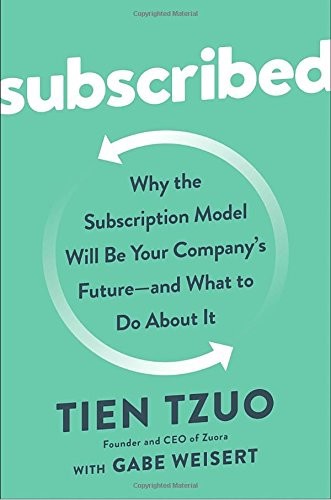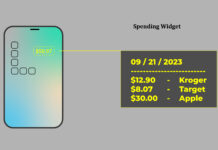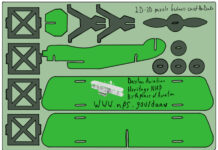Few grasp how fundamentally the dynamic richness of computer-mediated relationships is changing the very nature of business. We see that we are shifting from a world of products sold in one-shot transactions to a world of “Anything as a Service” delivered in recurring revenue relationships. We see that subscription businesses are emerging in all kinds of industries and growing at much faster rates than their more conventional competitors.
It is less apparent is how deeply this changes the nature of business relationships, and how all aspects of a company are transformed by the shift from a linear product pipeline to the cycle of a recurring relationship. What we have seen is just the beginning. First a look at how far we have come, then a look toward the next level.
“The Subscription Economy”
A thought-provoking view of how deep this change already is, is in the new book, Subscribed: Why the Subscription Model Will Be Your Company’s Future and What to Do About It. I read a pre-release copy and see it as a must-read for anyone with responsibility for designing, managing, or even just executing on business models of any kind — even if you think subscriptions are not relevant to your business.

Author Tien Tzuo (with Gabe Weisert) speaks in terms of “subscriptions,” but this book is very relevant to recurring business relationships more broadly. Relationships are the future of business. Call it a subscription, a membership, or just a loyalty loop in the customer journey. In our connected digital world, relationships will deepen — or they will die.
From products to services — from transactions to relationships — Service Level Agreements
Tien quotes Forrester as calling this “The Age of the Customer,” and explores how this involves a shift from the old linear flow business model of products through channels to customers, to a new cyclical flow business model that puts the customer at the center — surrounded by a customer journey cycle of interactions (supported by a corresponding cycle of back-end business processes). (Forrester describes this as a transformation that is driven both from top-down and from bottom up — drawing on a mind-shift, big-data-based business insights, and transformation of the customer experience, all based on digital transformation.)
Recurring relationships as a repeated game
Whether you think of it as a subscription, or a membership, or just a service agreement, the essence is this recurring cycle of interactions — the result is that the flow of business changes from linear to circular. This has deep implications, both as to operations, and as to the nature of the relationship. Game theory tells us that one-shot games create very different player behaviors from repeated games. All recurring business has elements of a repeated game, but effective game design can make the game more productive, cooperatively win-win, and long-lived. Let’s start with the operational aspects, then consider the broader game.
Tien explains how recurrence changes business operations to center on the customer interaction cycle, as shown in his diagram (here). He explores how this changes all functions, from innovation, marketing, sales, finance, and IT.



